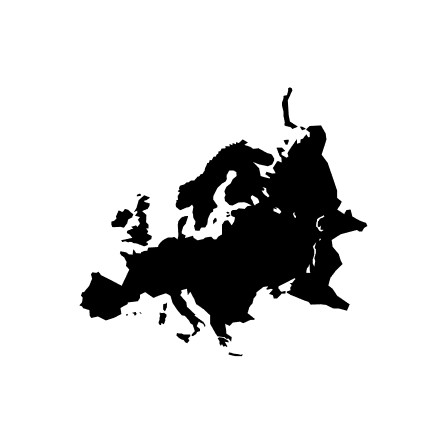The First Design for a Mass-Produced Hard Hat
Edward W. Bullard figured out how to make a military object affordable
For industrialists in the early 20th century, worker safety was not a priority, and safety gear was not an industry. However, that would be changed by Edward W. Bullard, a lieutenant in the U.S. Cavalry during World War I. While fighting in France, Bullard became familiar with the Brodie helmet, the “soup bowl” helmet developed by the Brits, and rebranded the M1917 helmet by the Yanks. Bullard realized it would have applications for civilians back home.
 Image: Missouri Historical Society, St. Louis
Image: Missouri Historical Society, St. Louis
The Brodie helmet's distinctive wide brim was designed in direct response to battlefield conditions of the era. During trench warfare, opposing sides launched artillery that would detonate over the enemy's trenches, raining deadly shrapnel. The helmet protected the top of the wearer's head and the brim, at least in theory, offered some extended protection for the shoulders. Made of steel, the helmet could be pressed in one operation and was thus affordable enough for military production.
 Image: Mikeofv, CC BY-SA 4.0
Image: Mikeofv, CC BY-SA 4.0
After the war ended, Bullard returned to San Francisco to work in the family business. The E.D. Bullard Co., founded by Bullard's father, produced carbide lamps for miners. Bullard knew that if anyone could use headgear designed to protect from overhead threats, it was guys working in mineshafts, where falling rocks were always a concern.
There was just one problem. The M1917 helmet was made of steel—a material no one on a miner's salary could afford. Bullard had to find a way to create rigidity using commonly available, affordable materials.

Using heavy duck canvas, Bullard settled on a solution that plywood would later adopt. He steamed the canvas into as domelike a shape as possible, to exploit the strength of that form. He then laminated several layers of this canvas together with glue to build rigidity. Leather brims were added front and rear—a single wraparound brim was presumably not workable—and the hat was then coated with shellac to make it watertight.

Image: The Clark County Museum in Henderson, Nev.
A primitive leather suspension system provided a gap between the top of the hat and the wearer's head. While Bullard didn't have the fancy impact-testing equipment we have today, his design would reportedly support a 250-lb. weight atop the dome, which served as evidence of strength.




Called the Hard Boiled Hat, due to its production method, it was a hit with miners. The price was $3–roughly $45 in today's money—and apparently seen as a worthwhile investment; as the Smithsonian states, in those pre-OSHA days “Miners and other workers bought the safety headgear on their own initiative.” Some in the employ of the U.S. Navy, however, didn't have to pay for them; in 1919 the Navy took an interest in Bullard's invention, and the E.D. Bullard Co. was awarded a contract to provide the hats for shipyard workers.
In these photographs from 1931, during the construction of the Hoover Dam, workers can be seen wearing Bullard's hats.
 Image: Ben D. Glaha via Library of Congress
Image: Ben D. Glaha via Library of Congress
 Images: US Bureau of Reclamation
Images: US Bureau of Reclamation
In 1933 Joseph Strauss, chief engineer of the Golden Gate Bridge project, reportedly required all workers to wear them. Accounts vary as to whether the Hoover Dam or Golden Gate Bridge builds were the first in U.S. history to require hard hat use.

Over the following decades the hat would eventually evolve into the aluminum, then fiberglass, then plastic, then carbon fiber safety helmets we see now. The Bullard Co. successfully evolved with these trends and still exists today, manufacturing all manner of personal protective equipment. And last year Edward W. Bullard was posthumously inducted into the National Inventors Hall of Fame.
Noe, Rain (December 15, 2023). “The First Design for a Mass-Produced Hard Hat: Edward W. Bullard figured out how to make a military object affordable.” Core77.com. Retrieved from: https://www.core77.com/posts/126535/The-First-Design-for-a-Mass-Produced-Hard-Hat




